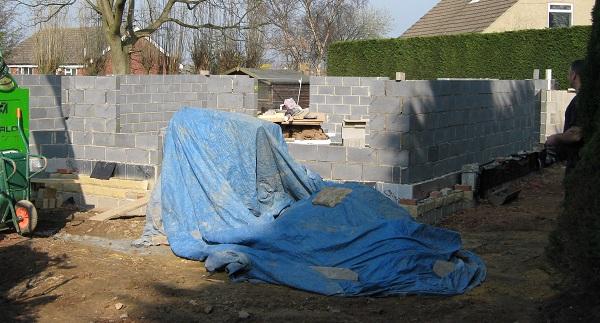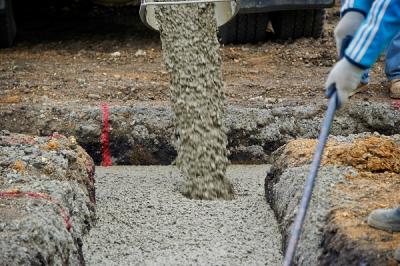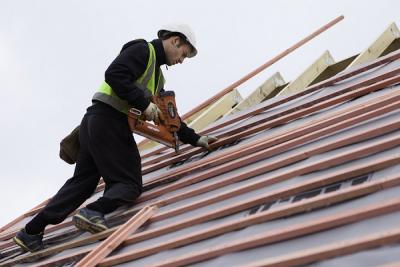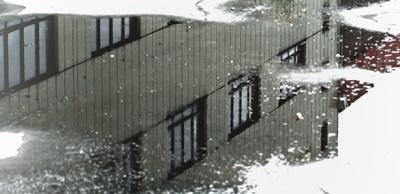Prepare for storm damage
High winds are an ever present risk, often leaving a trail of destruction on properties and construction sites. Average wind speeds are increasing and ‘storm force’ winds are more common.
Site hoarding, roofs, and unsecured or unbraced masonry walls in a temporary condition on construction sites can all be particularly vulnerable, as can abutments, flashings, and inadequately detailed or specified fixings. Wind-driven rain can make problems worse due to tile uplift while temporary propping can fail if not secured.
There are a number of steps that can be taken, in preparation for storms, which, if followed, should help to minimise the risks:
What to do before a storm
- Monitor weather forecasts – establish likely prevailing wind direction and pay particular attention to securing materials in its path
- Secure loose or unstable structures and materials, whether fixed or stored loose on site
- Prop temporary works and unsecured areas such as single skin masonry walling and parapets, or gables not yet roofed-over
- Don’t leave doors open on the windward side, as wind uplift danger to the roof is substantially increased
- Pay particular attention to construction detailing – roof tile clipping; ridge tile mortar bedding and bolting; roof structure strapping; flashings
- Establish and maintain rigorous maintenance schedules, to inspect and repair damage in vulnerable areas regularly, before it becomes severe (such as mortar deterioration to ridge tiles, flashings, roof coverings of limited life e.g. felt, or exterior timber including site hoarding).
What to do after a storm
- Notify your insurer’s claims department as soon as possible, even if other parties may be liable (either in whole or in part). The respective insurance companies will liaise with one another to establish liabilities
- Clean up as soon as possible - but if any damage or debris is liable to cause a danger to the public, notify the emergency services before proceeding any further
- Notify the Health & Safety Executive. You must submit your report ‘without delay’ – that is within ten days of the incident taking place
- Take particular care if dealing with asbestos-containing materials such as asbestos cement sheeting, which is still commonly found on old roofs (or wall panels on domestic garages).
To check your preparations get more details by downloading Dealing with wind damage risks in property and construction.
Sign up to the building bulletin newsletter
Over 48,000 construction professionals have already signed up for the LABC Building Bulletin.
Join them and receive useful tips, practical technical information and industry news by email once every 6 weeks.
Subscribe to the Building Bulletin




Comments
Propping walls
Submitted 1 year 5 months ago
Would it be pallets , scaffolding boards ?
LABC Response
Submitted 1 year 1 month ago
Many thanks,
LABC Team
Add new comment